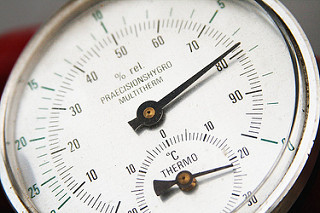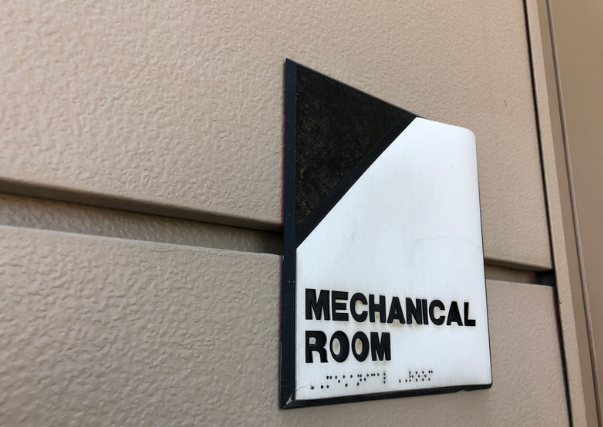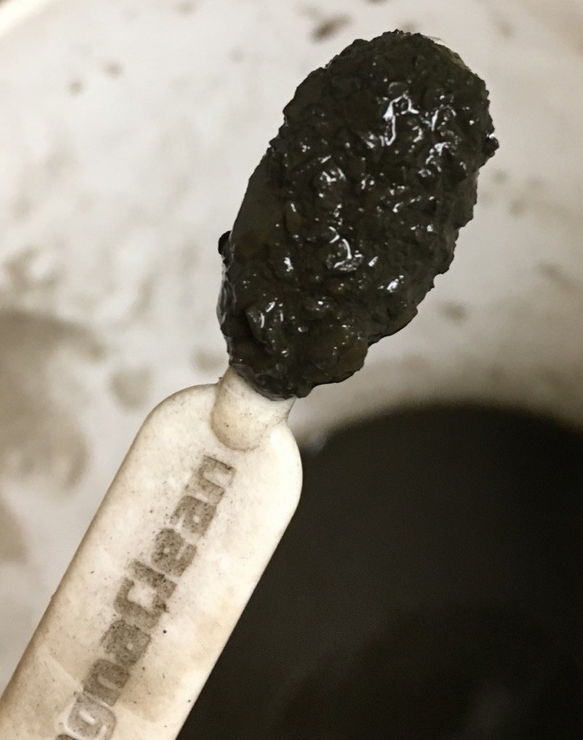Republished post from December 2015
Dedicated Outside Air Systems (DOAS) are quite common today in commercial HVAC building designs. A big reason for this are the Indoor Air Quality (IAQ) requirements from standards such as ASHRAE 62.1. This new standard involves introducing more outside air into a building than ever before. Fresh air is generally good – occupants are happier, healthier, and more productive. But fresh air also carries moisture,especially in the Carolinas. Gone unchecked, high moisture content in the air, otherwise known as high humidity, can lead to physical discomfort and bacteria and mold growth. High humidity can cause other issues like surface sweating, condensate pooling, and electrical equipment issues.

HVAC systems should control both the air temperature (sensible load) and the moisture, or Relative Humidity (latent load) in a building. Many existing systems ask the local terminal units in the space to perform both tasks. This should not be a problem if the latent load is small compared to the sensible load. Otherwise, terminal cooling units, often oversized, end up satisfying the sensible load, which is controlled to the thermostat setting, before removing enough moisture from the air. Ever been in a cold, clammy hotel room?
A DOAS’s biggest contribution to an HVAC system is the removal of moisture from the fresh air to a design RH, known as dehumidification. The DOAS handles the majority of the latent load in the building, leaving mostly sensible load to the remainder of the system. Another way of saying this is that the latent and sensible loads have been decoupled. There are a number of technical articles along with DOAS manufacturer information that tout the benefits of a decoupled system. Those benefits include:
- higher IAQ,
- better humidity & temperature control,
- smaller equipment throughout the building, and
- lower overall energy use.
What is not widely advertised is that decoupling your HVAC loads opens many green design options for your building. When dehumidification load is not a factor, cooling solutions such as radiant floors, radiant panels, and chilled beams become very practical for hydronic, even in humid climates like the Carolinas. The TACO Loadmatch System also becomes an option since hydronic piping systems under this model deliver higher chilled water temperatures to the terminal units as the loop returns to the mechanical room.
These green options offer better indoor comfort by delivering better air temperature and RH control. They also tackle radiant heat gains, a significant part of a cooling load that is rarely addressed directly. These systems use smaller equipment throughout the building, saving space and upfront cost. They are more efficient to operate, which means savings over the life of the building.
There is really no downside to employing a DOAS in your commercial building. It offers vast opportunities for a better, more efficient, and more cost-effective HVAC system.
photo credit: 23.3 degrees via photopin (license)









Submit a Comment